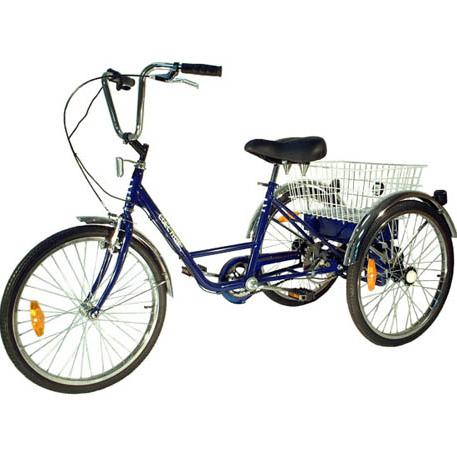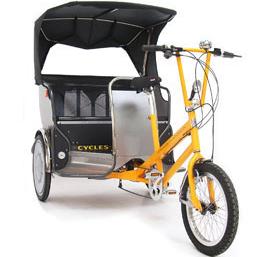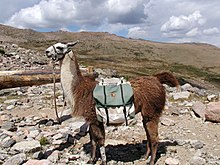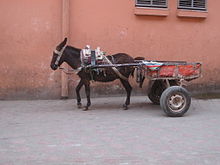I have no comment here really. I do not think it is a dangerous situation but is the siting prudent? Probably not.
http://www.cbsnews.com/stories/2011/06/26/national/main20074500.shtml
Flood berm collapses at Neb. nuclear plant
June 26, 2011 3:15 PM
AP)
OMAHA, Neb. — A berm holding the flooded Missouri River back from a Nebraska nuclear power station collapsed early Sunday, but federal regulators said they were monitoring the situation and there was no danger.
The Fort Calhoun Nuclear Station shut down in early April for refueling, and there is no water inside the plant, the U.S. Nuclear Regulatory Commission said. Also, the river is not expected to rise higher than the level the plant was designed to handle. NRC spokesman Victor Dricks said the plant remains safe.
The federal commission had inspectors at the plant 20 miles north of Omaha when the 2,000-foot berm collapsed about 1:30 a.m. Sunday. Water surrounded the auxiliary and containment buildings at the plant, it said in a statement.
The Omaha Public Power District has said the complex will not be reactivated until the flooding subsides. Its spokesman, Jeff Hanson, said the berm wasn’t critical to protecting the plant but a crew will look at whether it can be patched.
“That was an additional layer of protection we put in,” Hanson said.
In fight against floodwater, sand running out
Nuke plant averts shutdown from swelled Missouri
The berm’s collapse didn’t affect the reactor shutdown cooling or the spent fuel pool cooling, but the power supply was cut after water surrounded the main electrical transformers, the NRC said. Emergency generators powered the plant Sunday while workers tried to restore power.
NRC Chairman Gregory Jaczko will tour the plant Monday. His visit was scheduled last week. On Sunday, he was touring Nebraska’s other nuclear power plant, which sits along the Missouri River near Brownville.
:}
More tomorrow
:}




















